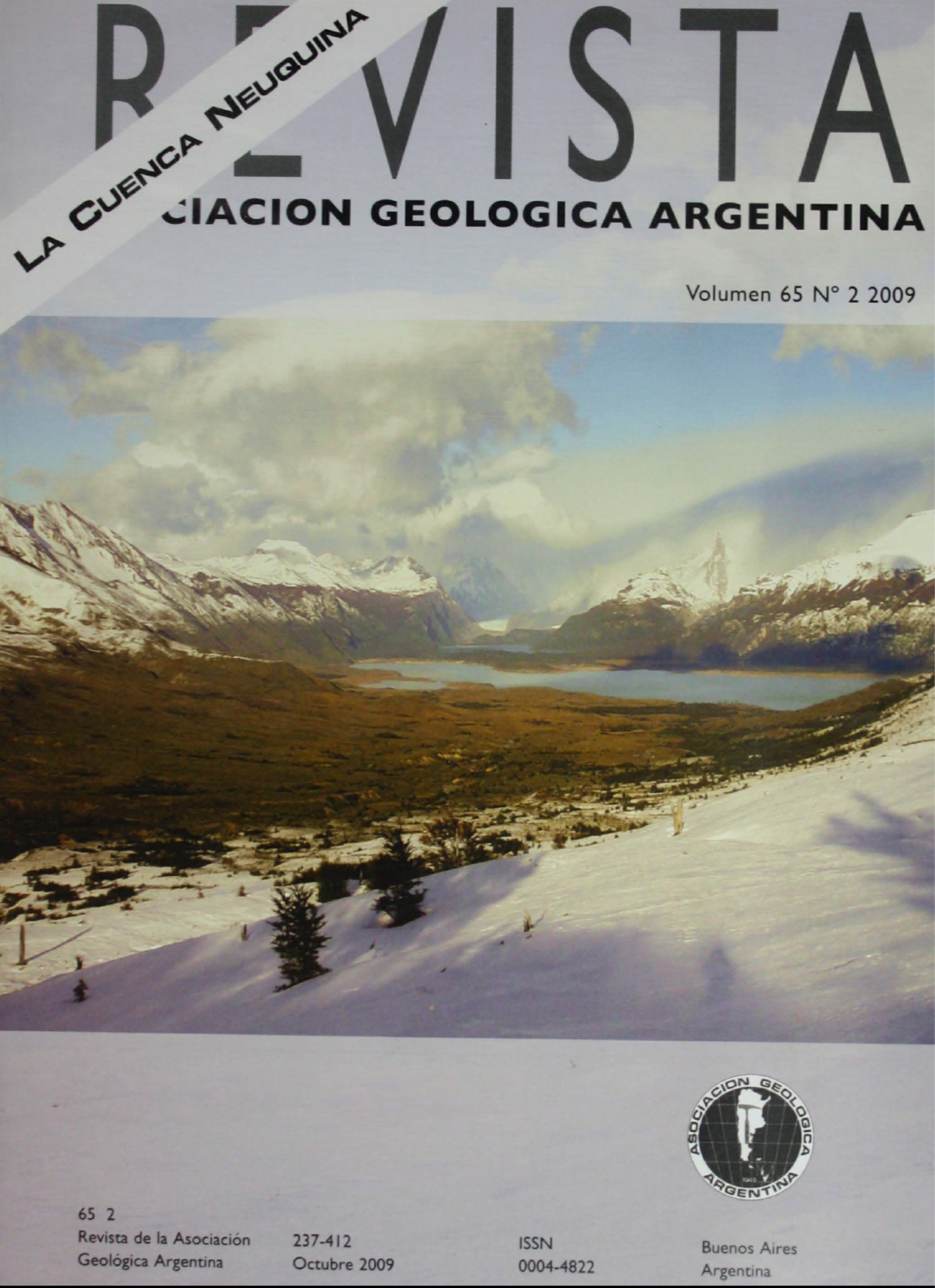The Cretaceous flora of the Neuquén Basin,its paleoenvironmental and paleoclimatic significance
Main Article Content
Abstract
The paleoenvironmental and paleoclimaticsignificance of Cretaceous flora in the Neuquén Basin is summarized. Berriasian-Barremianterrestrial palynological assemblages are dominated by Araucariaceae andCheirolepidiaceae, with subordinated podopcarps, ferns, lycopsids andbryophytes that progressed in a mild and humid climate. Tithonian-Barremiandinoflagellates mostly possess Mediterranean affinities. Upper Barremianevaporitic strata represent the final cycle of marine deposition related to thePacific ocean in the basin. In the Aptian appear the first angiosperm pollengrains. Aptian- Cenomanian terrestrial palynological assemblages arecharacterized by the presence of northern Gondwana forms such as Afropollisand elaterate pollen grains. Tempskyaceae and Ginkgoales are also present inthe late Early Cretaceous. Turonian-lower Campanian continental strata mostlyinclude petrified wood and charophytes. Upper Campanian-Maastrichtian stratayield a rich terrestrial palynological assemblage composed by Nothofagaceae,Podocarpaceae, Cheirolepidiaceae, Araucariaceae, Salviniales and angiosperms,but also dinoflagellates that reflect the beginning of a marine transgressionrelated to the Atlantic ocean. The presence of locally abundant cycads andpalms suggests a warm and relatively humid climate towards the end of theCretaceous.
Article Details

This work is licensed under a Creative Commons Attribution-NonCommercial 4.0 International License.
Nota de copyright
Los autores conservan los derechos de autor y garantizan a la revista el derecho de ser la primera publicación del trabajo licenciado según una licencia de atribución Creative Commons que permite a otros compartir el trabajo con el reconocimiento de la autoría y de la publicación en la que se publicó por primera vez.
Declaración de privacidad
Los nombres y direcciones de correo electrónico introducidos en esta revista se usarán exclusivamente para los fines declarados por esta revista y no estarán disponibles para ningún otro propósito u otra persona.

